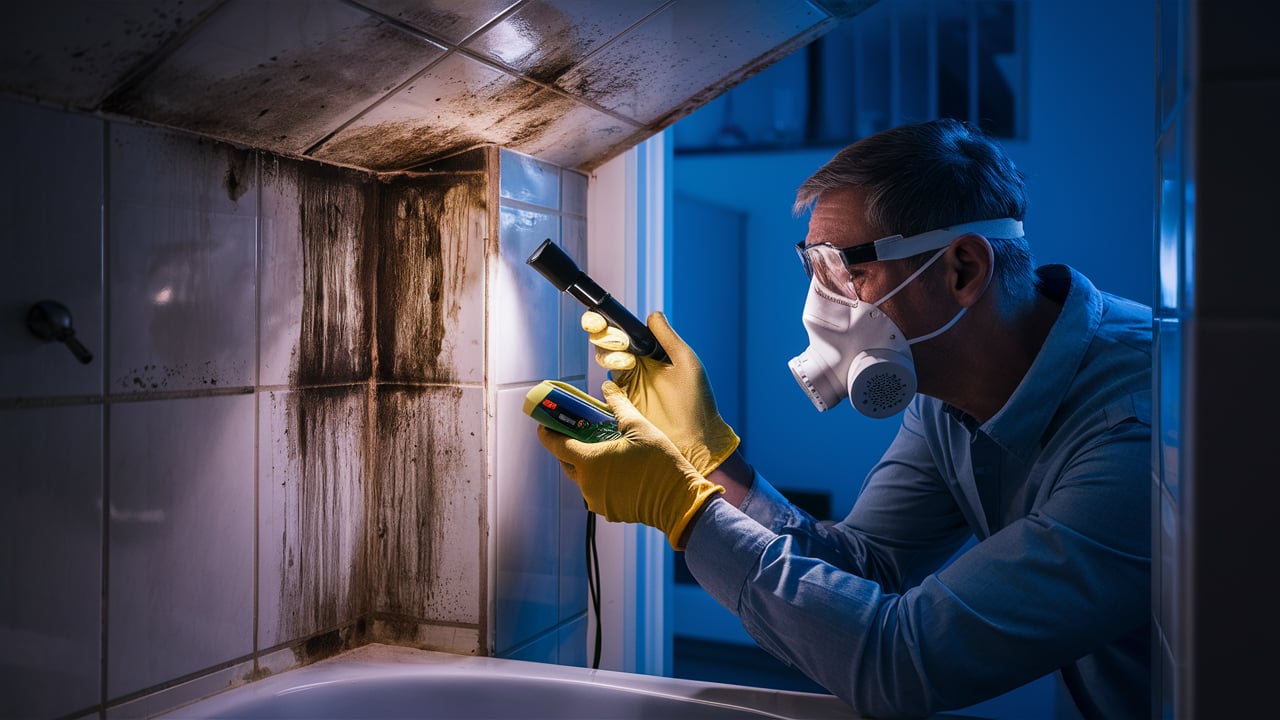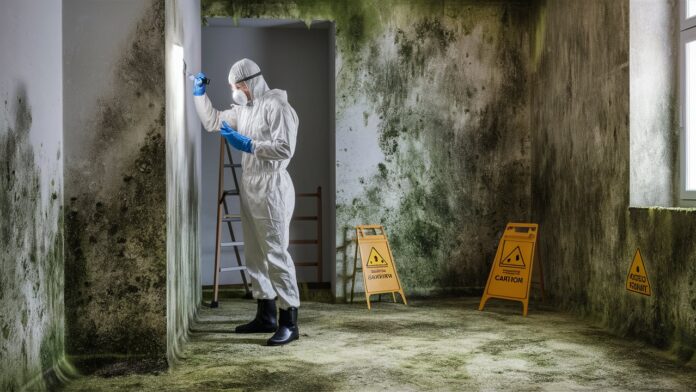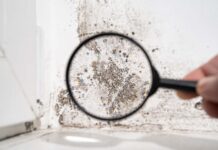Mold damage can be a significant concern for homeowners, not just for the unsightly appearance it creates but also for the potential health risks it poses. Identifying and evaluating the extent of mold damage in your home is crucial for effective remediation. From visible signs like black spots on walls to musty odors and water leaks, there are various indicators that can signal the presence of mold.
Evaluating the extent of mold damage requires a thorough inspection of the affected areas, testing for moisture levels, and potentially consulting with a professional mold remediation service. By taking proactive steps to assess mold damage in your home, you can mitigate potential health hazards and prevent further structural damage.
Identifying Common Signs of Mold Damage

Identifying common signs of mold damage in your home is essential for maintaining a healthy living environment. One of the most noticeable indicators of mold growth is a musty odor lingering in the air. If you detect a strong, unpleasant smell in certain areas of your home, it could be a sign of hidden mold growth. Additionally, visible mold growth on walls, ceilings, or other surfaces is a clear indication that mold is present.
Look out for discolored patches, fuzzy textures, or black or green spots that may be mold colonies. Peeling or bubbling paint, warped or damp walls, and water stains are also common signs of mold damage that should not be ignored. Its important to address mold issues promptly to prevent further damage and potential health risks for you and your family.
Conducting a Visual Inspection for Mold

When it comes to evaluating mold damage in your home, conducting a visual inspection is a crucial first step. Start by examining areas that are prone to mold growth, such as bathrooms, kitchens, basements, and areas with poor ventilation. Look for signs of water damage, such as discoloration or warping on walls and ceilings, as this can indicate a mold problem. Check for any musty odors, which can also be a sign of hidden mold growth.
Inspect areas where water is present, such as around sinks, toilets, and showers, as these are common places for mold to thrive. Make sure to thoroughly inspect both visible surfaces and hidden areas, such as behind wallpaper, under carpets, and inside cabinets. If you notice any signs of mold, it is important to take immediate action to prevent further damage and ensure the health and safety of your household.
Using Moisture Meters and Testing Kits for Mold Detection

When it comes to evaluating mold damage in your home, using moisture meters and testing kits can be a valuable tool in the detection process. These devices can help identify areas of excess moisture that may be contributing to mold growth, allowing for targeted remediation efforts.
Moisture meters are especially useful for pinpointing hidden sources of moisture behind walls or under flooring, while testing kits can provide a more comprehensive analysis of mold spore levels in different areas of the home. By incorporating these tools into your mold evaluation process, you can gain a more thorough understanding of the extent of the damage and take appropriate steps to address it effectively.
Conclusion
In conclusion, assessing mold damage in your home is crucial for maintaining a healthy living environment and preventing further issues. By utilizing effective evaluation techniques such as visual inspections, moisture meters, and air sampling, homeowners can accurately identify and address any mold-related concerns.
Seeking professional assistance from Mold Test Tampa can also provide peace of mind and ensure thorough evaluation and remediation efforts. Remember, prompt action is key in minimizing the impact of mold damage and promoting a safe and healthy home for you and your family.











